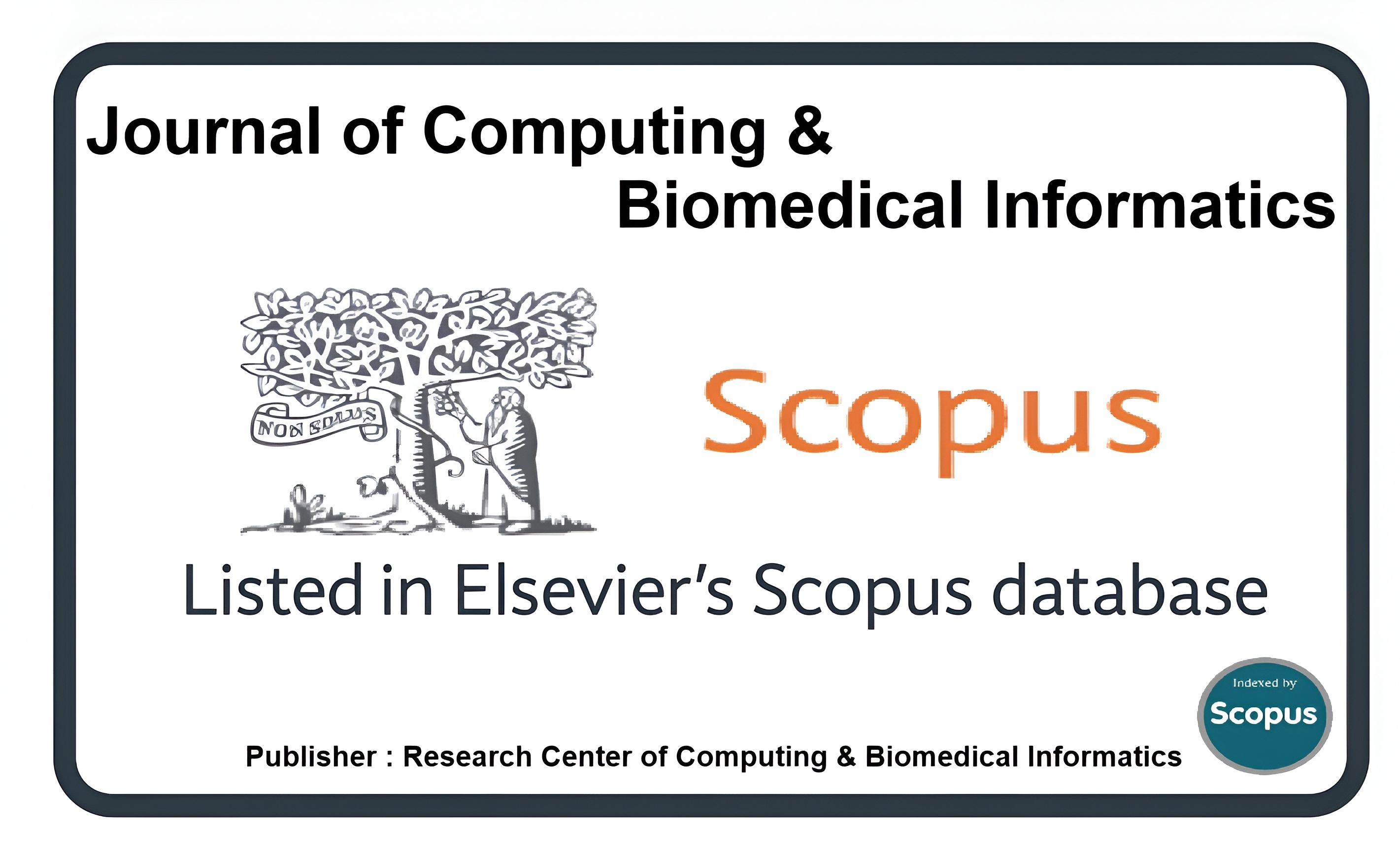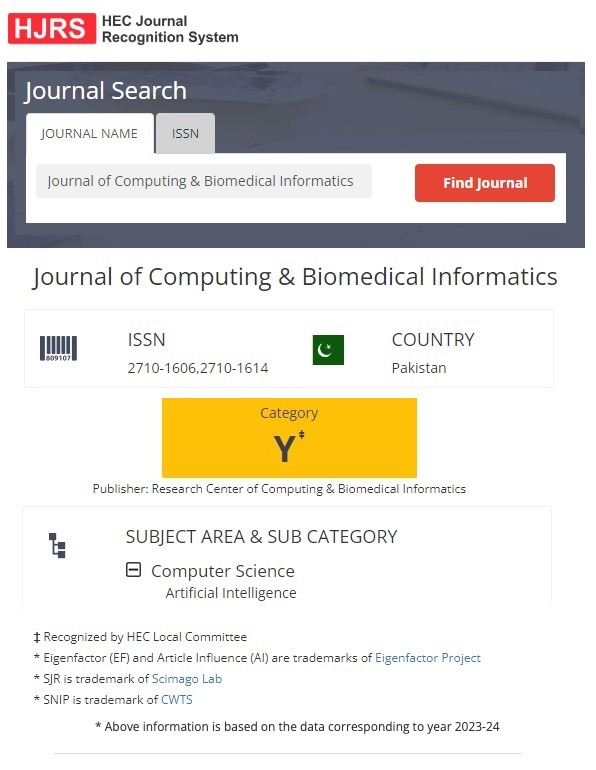Analyzing Breast Cancer Detection Using Machine Learning & Deep Learning Techniques
Keywords:
Breast Cancer, Deep Learning, Machine Learning, SVC, Neural NetworksAbstract
The most recent statistics show that of all cancers, cancer of the breast is the most common, killing about 900,000 individuals annually. Finding the disease early and correctly diagnosing it can increase the chances of a good result, which lowers the death rate. Early diagnosis can, in fact, prevent the disease from spreading and prevent premature victims from experiencing it. In this work, a comparison is made between advanced deep learning techniques and traditional machine learning for the analysis of breast cancer. We evaluated a deep learning model based on neural networks and traditional machine learning approaches such as Support Vector Classifier (SVC), Decision Tree, and Random Forest. Several demographic and clinical data were included in the diverse dataset of this investigation. This study compared traditional machine learning models (Random Forest, Decision Tree, SVC) with a neural network-based deep learning model in breast cancer analysis using features such as age, family history, genetic mutation, hormone therapy, mammogram results, breast pain, menopausal status, BMI, alcohol consumption, physical activity, smoking status, breast cancer diagnosis, frequency of screening, awareness source, symptom awareness, screening preference, and geographical location. SVC obtained an 86.36%, Decision Tree an 86.18%, and Random Forest an 86.00%. The deep learning model more precisely, a neural network outperformed these results with a highest 93% accuracy. To evaluate their diagnostic usefulness for breast cancer analysis, this study compares deep learning algorithms with more traditional machine learning methods. Accuracy ratings for the machine learning models were 86.00% for Random Forest, 86.18% for Decision Tree, and 88.36% for Support Vector Classifier.
Downloads
Published
How to Cite
Issue
Section
License
This is an open Access Article published by Research Center of Computing & Biomedical Informatics (RCBI), Lahore, Pakistan under CCBY 4.0 International License





